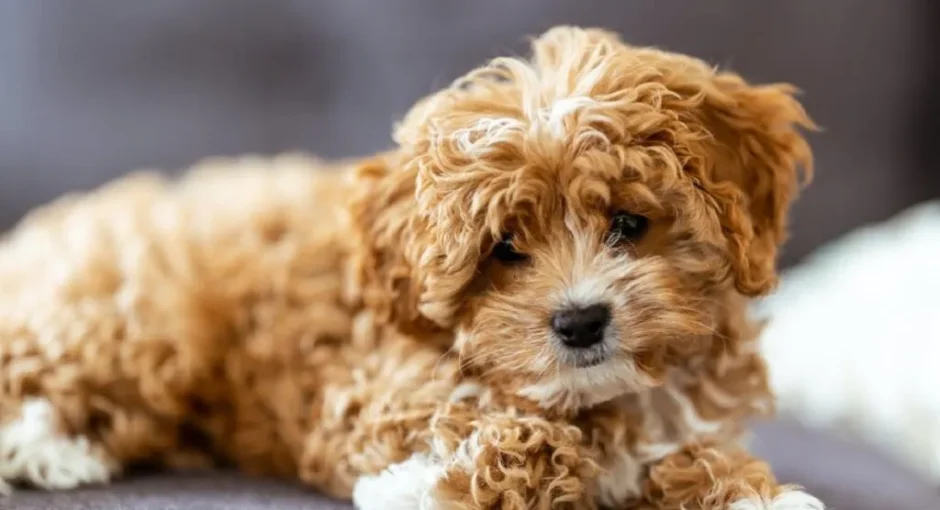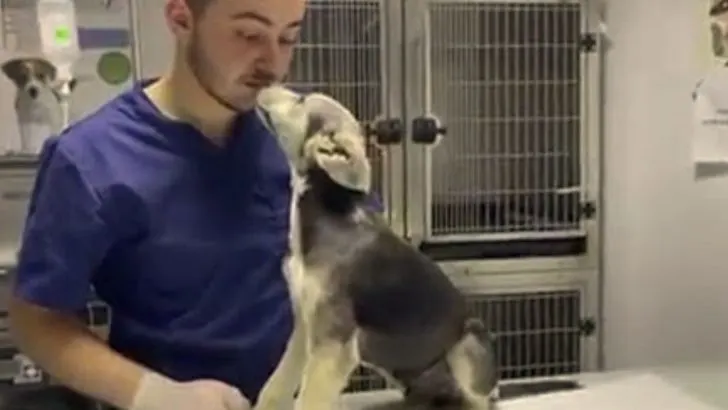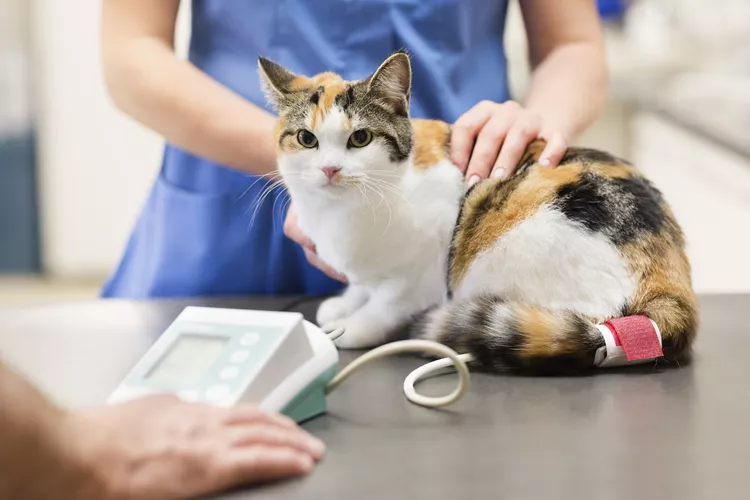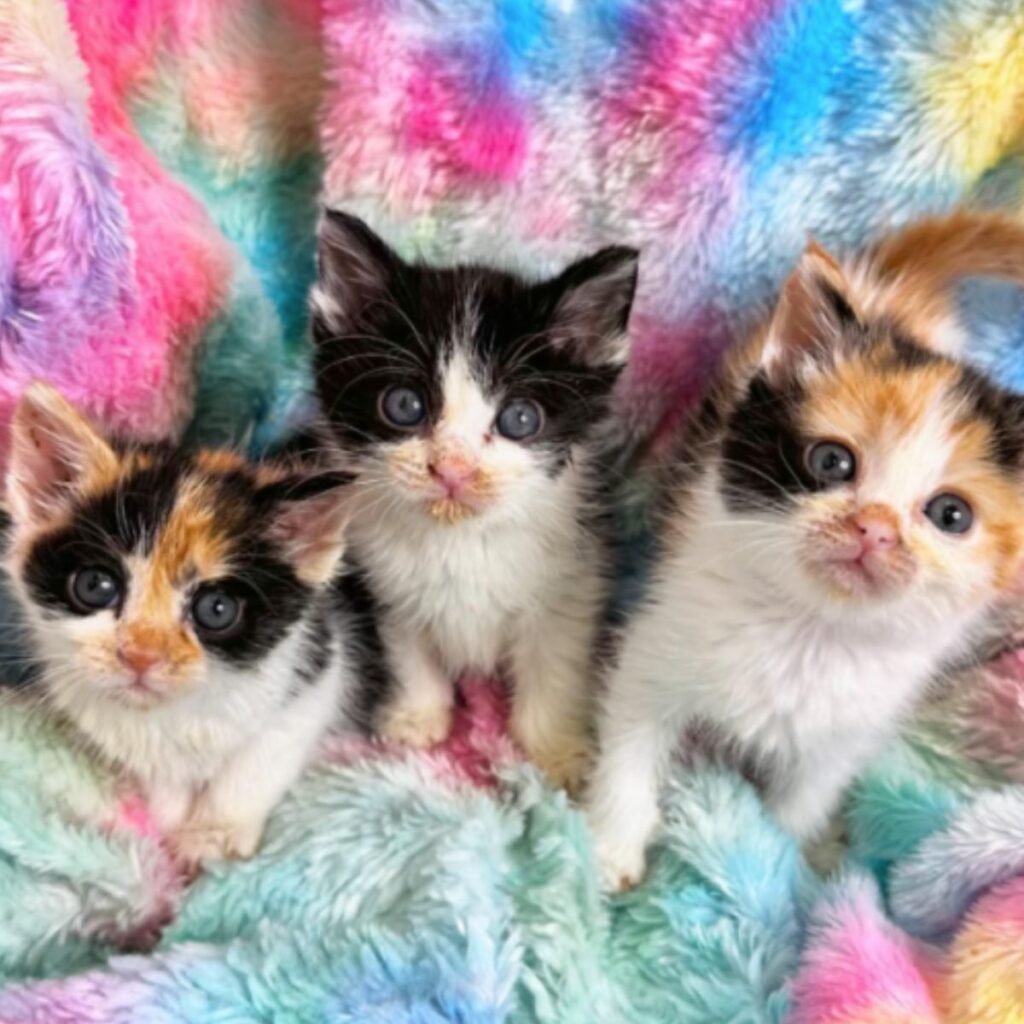Teddy bear dogs are a beloved mixed breed that captures the hearts of dog lovers everywhere. With their adorable appearance and gentle temperament, they make wonderful companions for families and individuals alike. In this comprehensive guide, we will explore everything you need to know about caring for these lovable creatures, the different breeds available, and some helpful tips to ensure a happy and healthy teddy bear dog.
When it comes to teddy bear dogs, their care and well-being should be a top priority. From nutrition and grooming to training and socialization, we will provide you with expert advice and insights to help you become a confident and responsible pet owner. Whether you are considering adding a teddy bear dog to your family or you already have one in your home, this guide will serve as a valuable resource to meet all your furry friend’s needs.
Join us as we delve into the world of teddy bear dogs and discover the joy they bring to our lives. Together, we will explore the different breeds that make up this delightful mix, their unique characteristics, and the keys to raising a healthy and happy teddy bear dog. From training techniques to fun activities, we have you covered with all the tips and tricks you need to create an unbreakable bond with your cuddly companion.
So, if you are ready to embark on this exciting journey and unlock the secrets of teddy bear dog care, breeds, and tips, let’s get started!
Read more: Adorable Cavapoo Puppies for Your Family
Popular Breeds Of Teddy Bear Dog
Teddy bear dogs come in a variety of breeds, each with its own unique characteristics. If you’re considering getting a teddy bear dog, it’s important to be familiar with some of the popular breeds in this category. These breeds not only have adorable appearances but also possess traits that make them great companions. Let’s take a closer look at some of the most recognized and beloved teddy bear dog breeds:
- Bichon Frise: The Bichon Frise is known for its cheerful nature and hypoallergenic coat. These dogs are friendly, affectionate, and often have a playful personality.
- Cavapoo: A cross between a Cavalier King Charles Spaniel and a Poodle, the Cavapoo is a small and friendly breed. They are intelligent and adaptable, and their wavy or curly coats add to their teddy bear-like appearance.
- Cockapoo: The Cockapoo is a mix between a Cocker Spaniel and a Poodle. These dogs are known for their friendly and outgoing nature. With their fluffy coats and floppy ears, they truly resemble adorable teddy bears.
- Maltipoo: The Maltipoo is a cross between a Maltese and a Poodle. These dogs are affectionate, intelligent, and easy to train. Their soft, curly coats make them even more huggable.
- Mini Goldendoodle: The Mini Goldendoodle is a hybrid breed between a Golden Retriever and a Miniature Poodle. They are friendly, sociable, and make great family pets. Their soft, wavy coats give them a teddy bear-like appearance.
- Pomchi: A mix between a Pomeranian and a Chihuahua, the Pomchi is a small and energetic breed. These dogs are known for their loyalty and can sometimes have a feisty personality. Their fluffy coats and compact size make them irresistible.
- Schnoodle: The Schnoodle is a cross between a Schnauzer and a Poodle. They are intelligent, friendly, and highly adaptable. With their curly or wavy coats and expressive eyes, they undeniably resemble cuddly teddy bears.
- Shichon (Zuchon): Also known as Zuchon, the Shichon is a mix between a Shih Tzu and a Bichon Frise. They are affectionate, sociable, and love being the center of attention. Their soft and fluffy coats make them look like living teddy bears.
- Teddy Bear Mal-Shi: The Teddy Bear Mal-Shi is a cross between a Maltese and a Shih Tzu. These dogs are known for their sweet and gentle nature. Their silky coats and expressive eyes make them incredibly adorable.
- Westiepoo: A cross between a West Highland White Terrier and a Poodle, the Westiepoo is a friendly and playful breed. They have a soft and fluffy coat that adds to their teddy bear-like appearance.
It’s important to note that while these breeds are commonly recognized as teddy bear dogs, there may be other breeds or mixed breeds that also fit the teddy bear dog category. When choosing a teddy bear dog, it’s recommended to consider factors such as temperament, size, and grooming requirements to find the perfect match for you and your family.
Characteristics Of Teddy Bear Dogs
Teddy bear dogs possess several unique characteristics that set them apart from other breeds. These adorable canines are known for their signature round heads, which give them a distinct teddy bear-like appearance. Their short, cuddly coats only add to their charm, making them irresistibly cute. But it’s not just their looks that make teddy bear dogs so lovable.
One of the standout characteristics of teddy bear dogs is their gentle temperament. They are known to be affectionate and friendly, making them perfect companions for families and individuals of all ages. These dogs thrive on socializing and enjoy interacting with both humans and other animals. Their intelligence and trainability make them relatively easy to train, which is always a plus for pet owners.
When it comes to grooming, teddy bear dogs do require regular maintenance to keep their coats in prime condition. They benefit from frequent brushing to prevent matting and tangling. Additionally, mental stimulation is important for these intelligent dogs. Playtime and enrichment activities, such as puzzle toys, can provide the mental exercise they need to stay happy and healthy.
- Signature round heads: Teddy bear dogs have round heads that resemble those of teddy bears, giving them an adorable appearance.
- Short, cuddly coats: Their short coats are soft and cuddly, adding to their charm.
- Gentle temperament: Teddy bear dogs are known for their gentle and friendly nature, making them excellent family pets.
- Intelligence and trainability: These dogs are intelligent and relatively easy to train, making them highly adaptable pets.
- Social nature: Teddy bear dogs thrive on socializing and interacting with both humans and other animals.
- Grooming needs: Regular grooming, including brushing to prevent matting, is necessary to maintain their beautiful coats.
- Benefit from mental stimulation: Playtime and enrichment activities provide teddy bear dogs with the mental exercise they need.
Overall, teddy bear dogs possess a combination of adorable looks, a gentle temperament, intelligence, and a sociable nature. These characteristics make them a fantastic choice for anyone seeking a loyal and affectionate companion.
What’s the Key to a Healthy and Happy Teddy Bear Dog?
To ensure a healthy and happy teddy bear dog, it is important to provide them with proper nutrition and care. Just like humans, these adorable furry companions require a balanced diet to thrive and maintain good health. Teddy bear puppies, in particular, need high-quality puppy food that supports their growth and development. A nutritious diet consisting of protein, carbohydrates, and essential vitamins and minerals is essential for their overall well-being.
Aside from a healthy diet, dental care is also paramount in maintaining the happiness and healthiness of your teddy bear dog. Regular brushing of their teeth is recommended to prevent dental problems, such as plaque buildup and tooth decay. Proper dental hygiene not only ensures fresh breath but also helps prevent potential health issues that may arise from poor oral care.
Teddy bear dogs, like any other breed, can be prone to certain health issues. Allergies, eye problems, and dental issues are some common ailments that can affect their overall well-being. To address these concerns, routine veterinary check-ups are necessary. Regular visits to the veterinarian will help identify and treat any potential health issues, ensuring that your teddy bear dog enjoys a healthy and happy life.
Read more: How To Keep Dogs And Cats Living Harmoniously? Read These 5 Methods Right Away!
Key Points for a Healthy and Happy Teddy Bear Dog:
- Provide a high-quality puppy food to support growth
- Regularly brush their teeth to maintain dental hygiene
- Schedule routine veterinary check-ups to identify and address potential health concerns
By incorporating these key practices into your teddy bear dog’s care routine, you can ensure they have a long, healthy, and happy life by your side.
What are the best ways to train a well-behaved Teddy Bear Dog?
Training a well-behaved teddy bear dog is a rewarding experience that strengthens the bond between you and your furry companion. These intelligent and eager-to-please dogs are quick learners, making the training process relatively easy. To ensure their happiness and harmonious integration into your household, consider the following training tips:
- Socialization: Socializing your teddy bear dog from an early age is crucial. Expose them to various environments, different people, and other animals. This will help them become comfortable and confident in various situations, reducing the likelihood of fear or aggression.
- Positive Reinforcement: When training your teddy bear dog, focus on positive reinforcement techniques. Use rewards, such as treats or verbal praise, to reinforce desired behaviors. This positive approach encourages their eagerness to learn and pleases their desire to please you.
- Consistency: Consistency is key when training your teddy bear dog. Establish clear rules and expectations, and enforce them consistently. This helps your dog understand what is expected of them and reinforces the desired behaviors.
- Patience: Patience is essential during the training process. It’s important to remember that every dog learns at their own pace. Stay calm and patient, even if your teddy bear dog makes mistakes. With time and patience, they will grasp the training concepts.
In addition to these training tips, incorporating basic obedience commands into your teddy bear dog’s training will ensure they become a well-mannered and obedient companion. Commands such as sit, stay, and come are essential for their safety and the smooth functioning of your household. Regular playtime and bonding activities further strengthen the connection between you and your furry friend.
Remember, training is an ongoing process throughout your teddy bear dog’s life. Even well-trained dogs benefit from regular training sessions to maintain their skills and reinforce good behavior. By investing time, patience, and positive reinforcement in their training, you can raise a well-behaved teddy bear dog that brings joy and companionship to your life.
Fun Activities For Teddy Bear Dogs
Teddy bear dogs, with their adorable and playful nature, enjoy a variety of fun activities that provide both mental stimulation and physical exercise. Engaging your furry friend in these activities will not only keep them entertained but also contribute to their overall well-being and happiness. Here are some exciting ideas for fun activities with your teddy bear dog:
- Interactive Toys: Teddy bear dogs are intelligent creatures who thrive on mental challenges. Provide them with interactive toys like puzzles and treat dispensers to keep their minds engaged and entertained. These toys allow them to problem-solve and reward them with treats, which adds an extra layer of enjoyment to playtime.
- Regular Walks: Taking your teddy bear dog for regular walks is essential for their physical exercise and social development. Exploring the neighborhood, encountering different sights and smells, and meeting other dogs and people will keep them active and socially well-adjusted.
- Playtime at the Park: Teddy bear dogs love frolicking in open spaces. Find a local dog-friendly park where your furry companion can run, play fetch, and interact with other dogs. The park environment offers a great opportunity for your teddy bear dog to burn off excess energy and have a blast.
- Errands and Trips: Including your teddy bear dog in your daily errands or trips can provide them with new and exciting experiences. Taking them along for a car ride, perhaps to a pet-friendly store or café, lets them explore different environments and encounter new sights, sounds, and smells. This exposure promotes their socialization skills and strengthens your bond.
- Quality Time: Above all, teddy bear dogs thrive on human interaction and love. Spend plenty of quality time with your furry friend through play, cuddling, and gentle petting. This dedicated attention makes them feel loved and cherished, leading to a happy and contented teddy bear dog.
Remember, every teddy bear dog is unique, so it’s essential to tailor the activities to suit their individual preferences and needs. Pay attention to their energy levels, age, and any specific health considerations. By engaging in these fun activities, you’ll not only keep your teddy bear dog physically and mentally stimulated but also create lasting memories for both of you.
Read more: 10 BEST LAP DOGS FOR CUDDLY PET OWNERS
Care and Grooming for Teddy Bear Dogs
Proper care and grooming are essential for the health and well-being of teddy bear dogs. These adorable companions require regular attention to maintain their plush coats and prevent matting and tangling. Regular brushing with a soft, slicker brush helps to keep their fur in top condition and reduces shedding. It’s recommended to schedule professional grooming every 6 to 8 weeks to ensure their appearance remains pristine and to identify any potential health issues early on.
Nail trims are a crucial part of a teddy bear dog’s grooming routine. Keeping their nails short prevents discomfort and paw problems. Regular ear cleaning is also important to prevent infections and maintain good ear health. Additionally, dental hygiene is vital for their overall well-being. Regular tooth brushing or the use of dental chews can help prevent dental issues and keep their breath fresh.
Aside from grooming, teddy bear dogs require moderate exercise to keep them physically and mentally stimulated. Daily walks, playtime at the park, and interactive games are beneficial for their overall health and happiness. These activities allow them to burn off energy and provide opportunities for socialization. Remember to always supervise their playtime and ensure they have a safe environment to enjoy their activities.







